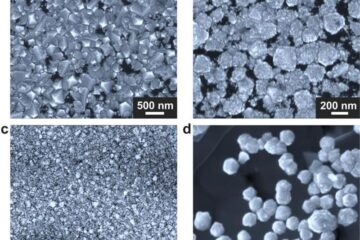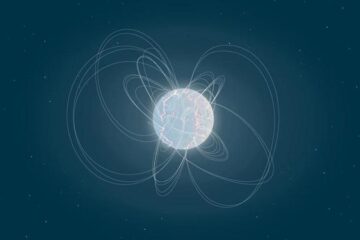Financial Costs versus Economic Value – measuring the effectiveness of nuclear site cleanup

But Professor Gregg Butler of the University of Manchester argues that the methods currently in place fail to measure value for money in any meaningful sense. Professor Butler is giving the keynote talk today (Wednesday 1st November 2006) to the Society for Radiological Protection’s meeting on “Integrated Waste Strategy. He will cite many examples where government guidelines, for example for the valuation of health detriment, are exceeded by very large factors.
The main reason for this, he says, is that the key methodology used to assess cleanup schemes, the determination of Best Practical Means, does not measure whether the cost of any scheme is proportionate to its benefits. Regulatory guidance indeed states that a quantitative definition of ‘grossly disproportionate’ would be ‘difficult, if not impossible’.
Butler, and his co-worker Grace McGlynn of Integrated Decision Management Ltd, contend that the ‘impossible’ should be attempted and is likely to be found to be eminently possible. The alternative is to carry on with no real measure of the effectiveness of cleanup, no way of balancing factors like worker and public dose, solid and liquid waste creation and hazard potential reduction rate against increased discharges.
‘If it was my £70B I’d be trying very hard to derive a decent methodology’, says Gregg Butler, ‘and as a taxpayer some of the £70B is indeed my money, so I’m at least making my views known!’
Media Contact
All latest news from the category: Ecology, The Environment and Conservation
This complex theme deals primarily with interactions between organisms and the environmental factors that impact them, but to a greater extent between individual inanimate environmental factors.
innovations-report offers informative reports and articles on topics such as climate protection, landscape conservation, ecological systems, wildlife and nature parks and ecosystem efficiency and balance.
Newest articles

Making diamonds at ambient pressure
Scientists develop novel liquid metal alloy system to synthesize diamond under moderate conditions. Did you know that 99% of synthetic diamonds are currently produced using high-pressure and high-temperature (HPHT) methods?[2]…

Eruption of mega-magnetic star lights up nearby galaxy
Thanks to ESA satellites, an international team including UNIGE researchers has detected a giant eruption coming from a magnetar, an extremely magnetic neutron star. While ESA’s satellite INTEGRAL was observing…

Solving the riddle of the sphingolipids in coronary artery disease
Weill Cornell Medicine investigators have uncovered a way to unleash in blood vessels the protective effects of a type of fat-related molecule known as a sphingolipid, suggesting a promising new…





















